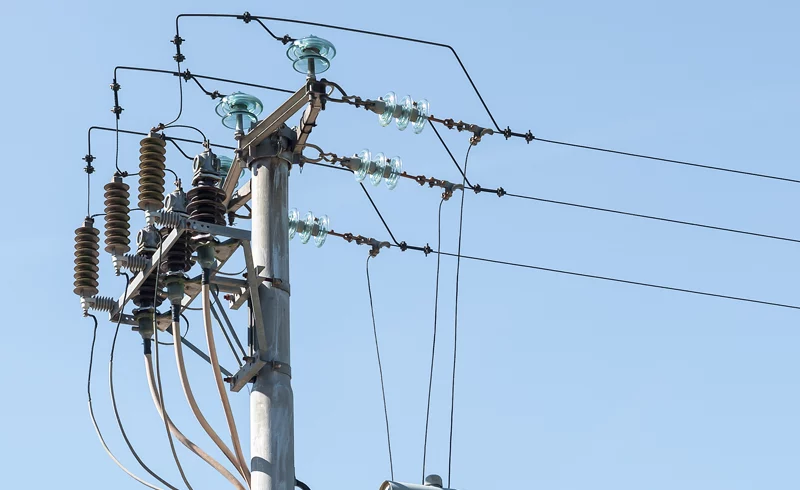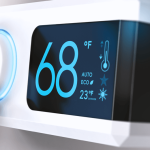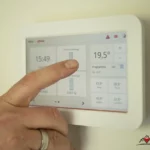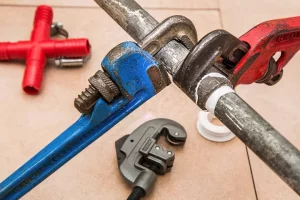
Utility bills are skyrocketing across the US, with some states experiencing higher costs than others. Learn which states face the steepest bills and how to combat increasing energy costs.
The Great Divide in Utility Costs
Recent reports have highlighted a growing divide in utility costs across the United States. According to Move.org, Statista, AARP, Forbes, and various other sources, the cost of monthly utilities varies significantly from state to state. The price disparity has raised concerns about affordability and energy efficiency, prompting residents and policymakers to seek solutions.
States with the Highest Energy Bills
Data from Times Free Press and WKRN indicate that some states experience significantly higher energy bills than others. The states with the highest average monthly utility costs include Hawaii, Alaska, and Connecticut. Factors such as geographical location, climate, and energy infrastructure contribute to these variations in utility costs.
Rising Energy Costs: A Growing Concern
As utility costs continue to rise, The Ascent warns that residents in certain states may feel the impact more than others. Increasing energy prices are placing a financial strain on households and raising concerns about the future of energy affordability and sustainability. This issue is particularly alarming as even residents in America's richest states 2023 are not immune to the effects of climbing energy bills. Wealthier states, often characterized by higher costs of living, may face unique challenges as higher utility expenses compound already strained household budgets. Policymakers and organizations are under growing pressure to develop innovative solutions to ensure energy remains accessible and sustainable for all communities.
Combating High Utility Costs
In response to these rising costs, consumers and policymakers are exploring reducing utility expenses and increasing energy efficiency. Time suggests that residents can take several steps to combat high energy bills, such as upgrading to energy-efficient appliances, weatherizing homes, and utilizing energy-saving practices.
As utility costs continue to rise across the US, understanding the factors contributing to these disparities and exploring strategies to reduce energy expenses will be crucial for maintaining affordability and promoting energy efficiency.
READ: Top 10 States with the Highest Energy Costs – An In-Depth Analysis
Rising energy costs prompt energy-saving measures
With utility costs surging nationwide, homeowners are advised to take energy-saving measures to mitigate the impact on their monthly bills. Energy efficiency experts recommend investing in insulation, weatherstripping, and energy-efficient windows to reduce heat loss and lower energy consumption. Additionally, upgrading to energy-efficient appliances, such as ENERGY STAR-certified products, can lead to significant savings in the long run.
Embracing renewable energy options
As the cost of traditional energy sources continues to climb, many homeowners are turning to renewable energy solutions to decrease their reliance on the grid and reduce their utility bills. Solar panels are becoming an increasingly popular option, as their prices have dropped significantly over the past decade. Homeowners can also explore other renewable energy options, such as wind turbines and geothermal heating systems, to supplement their energy needs and decrease their carbon footprint.
Smart home technology for energy management
Another way homeowners can combat rising utility costs is by incorporating smart home technology into their energy management strategies. Smart thermostats, for example, can learn a homeowner's schedule and adjust the temperature accordingly, reducing energy waste when no one is home. Additionally, smart lighting systems can be programmed to turn off automatically when unoccupied rooms, reducing electricity consumption. By utilizing these innovative technologies, homeowners can gain greater control over their energy usage and save on their monthly bills.

Lucy Davis is an enthusiastic and passionate young writer who has a knack for bringing stories to life. With a fresh perspective and an insatiable curiosity, she delves into the world of smart home technology, interior design, and lifestyle trends, keeping readers engaged and informed.















